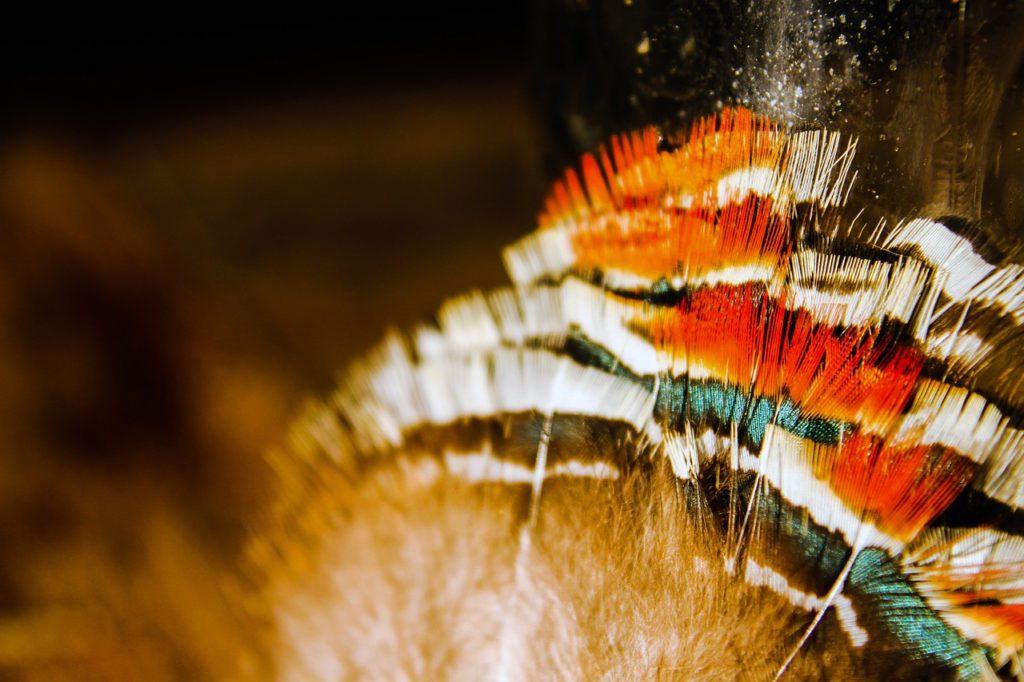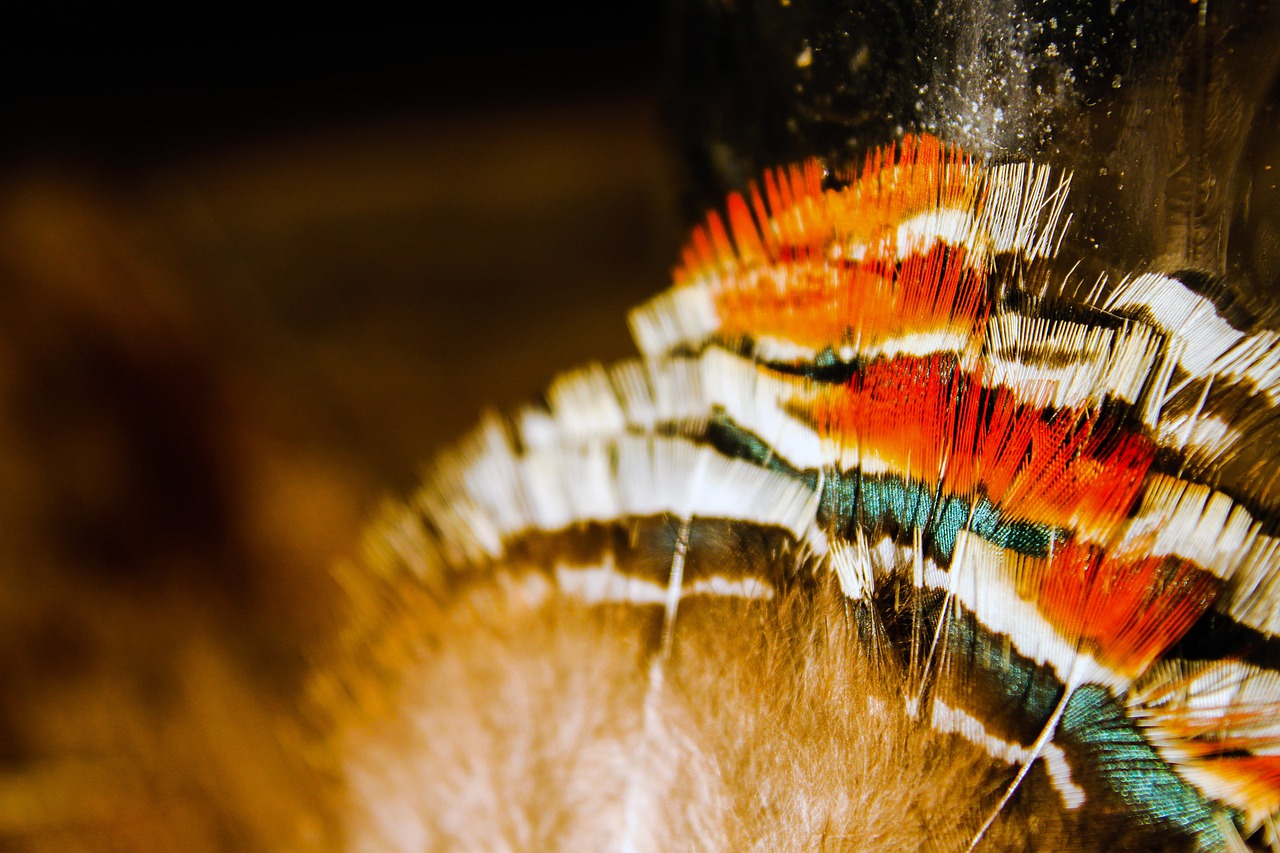
Cultural genocide, multi-generational trauma.
A few years ago I drove a friend to a nearby city so he could do some errands. We stopped at several places before he suggested we stop into a Chinese food buffet for lunch. We enjoyed a pleasant meal and conversation.
I’d known John for some time. He was a veteran of the Royal Canadian Air Force. A very quiet, thoughtful man in his sixties when I met him. We often shared a few laughs and interesting conversation. Our lunch that day was no different until a couple of uniformed members of the Ontario Provincial Police entered.
They were there for lunch, just like we were. They sat at a table across the room but behind John. I saw a look of fear cross his face as they walked by. I watched, wondering what was triggering this reaction. As near as I knew, he wasn’t a fugitive on the lam. He was an indigenous person, raised in the Yukon Territory of northern Canada.
After glancing over his shoulder a few times in clear discomfort he told me he was finished eating and was going outside for a smoke. I finished my meal, looked after the bill and left as well. We headed back to town in silence for a few miles before he finally broke it. He told me seeing police took him back to them showing up to drag him and his siblings off to school. Specifically to an Indian Residential School.
In that brief encounter, the horror of those schools and the lasting impact of those experiences was driven home to me. The look of raw fear that crossed his face as those police officers passed by him, interested only in having their lunch. This grown man, several decades past school and who had served our country, triggered by the mere presence of police uniforms, spoke to the terror he had experienced. This kind gentle man had carried all that pain through all those intervening years. The Mounties dragging him away from his home and family was the starting point.
Seeing The Impact of The Schools First-Hand
That experience with John, who has since passed away, has come to mind as I have read about the Residential Schools in Canada over the last few months. I had been aware for many years about the schools. The subject has come up at various times. Somehow I always thought of them as very far past in our history. I guess because most of the photos I’ve seen of the schools and the students were always old in black and white.
Recognizing My White Privilege
Yet, as I was attending school as a white person, that system of schooling for Indigenous Peoples in Canada continued to operate. The only people who could drag me to school were my parents and I got to go home at the end of the day. I didn’t get punished for speaking the language I was raised with. I am a white person, the supposedly more civil society.
Funded by the federal government and run by churches, the residential schools delivered abuse and indifference to the suffering instead of an effective education. The last of the schools closed in Rankin Inlet in the Nunavut Territory in 1997.
Thousands of Unmarked Graves
It’s been known for many years there were hundreds, likely thousands of children buried in unmarked graves connected to Residential Schools. Grieving families were left not knowing what became of the child they had been forced to send far away from them.
Using ground penetrating radar, 215 graves was confirmed at the site of a school in Kamloops, BC earlier this year. The indisputable fact of the graves forced the spotlight on these horrific losses. Within weeks, the numbers had grown to over 5,000 graves located at other sites. There are more to be searched.
The Strategy Behind the Schools
The Indian Residential School system was officially formed and funded in the 1880’s by the government of Sir John A McDonald, Canada’s first Prime Minister. He commissioned a study of the industrial schools for Indigenous children in the United States. The result, the Report on Industrial Schools for Indians and Half-Breeds recommended ‘aggressive civilization’ of the very young.
The strategy was to purposely remove children from their families, communities and culture and place them under strict control of whites. They would not be allowed to retain anything of their native life, language, spiritual practices, culture, names — nothing. Any child who didn’t comply was subject to punishments that would often meet the definition of torture. Children were also subject to sexual predators who used the schools as their hunting grounds.
In 1920 it became law that every Indigenous child had to attend a residential school. It was illegal for them to attend any other educational institution. The system was designed to ‘kill the Indian in the child’ and would be carried out on multiple generations of children. Multiple generations of trauma leaving the victims without a sense of their selves or their roots. Still today, we have a legal system with a high number of Indigenous ‘offenders’ in a system which treats them harsher than whites.
The Legal System Showcases Systemic Racism
A good friend of mine, an Anglican priest, told me of attending court with a young Aboriginal parishioner who had been charged with a minor offence. The sort of offence that you would have expected a police officer to have just issued a warning to someone with no record. The youth had been charged.
My friend said he came home feeling a profound sense of shame for being a white person. He had spent most of the day with the young person awaiting his time before the court. He watched in disbelief as white people routinely got light sentences or cases dismissed and Indigenous people with similar charges were sent to jail or heavily fined. The young person he was there with managed to get community service after my friend, the white priest, spoke up for the boy.
The First National Truth and Reconciliation Day in Canada
Yesterday, September 30th, was the first National Truth and Reconciliation Day in Canada. It was established as a federal statutory holiday this past year. It’s not meant to be celebrated. Like Remembrance Day in November, it is meant to be a day of thought and reflection on the painful history of abuse and racism toward Indigenous Peoples in Canada. The legacy of the Indian Residential School system.
About Orange Shirt Day
In recent years, September 30th was known as Orange Shirt Day. The day got it’s name from a story Phyllis Webstad, a Residential School survivor, told about her first day at a Residential School. The story resonated with those in her area who heard it. The day started out as a local event and soon spread across the country and beyond.
It’s best I let her tell her story in this video. It’s about 7 minutes long.
About the Term “Indian”
The term ‘Indian’ is no longer in general use in Canada. It’s considered to be a racial slur. The first whites to arrive in North America thought they had landed in India. They referred to the aboriginals as “Indian” and even after they learned their mistake, the term persisted.
Indigenous Peoples in Canada are still subject to The Indian Act of 1876. Yes, it still has ‘that word’. Although there have been numerous amendments to it in the 145 years of its existence, it is largely still in its original form. Nineteenth century governmental control and paternalism being carried into the 21st century. The need for truth and reconciliation could never be greater.
Final Thoughts
I’ve at best scratched the surface on this subject. I can’t speak for the experiences of those who went through the system. I have no idea what healing and reconciliation will look like, or should look like. I do know, I am not one of the people who think that Indigenous Peoples should ‘just get over it’.
How does one ‘get over’ 150 years of cultural genocide?
The issues for our Indigenous brothers and sisters are complex. Their future relationship to Canada and society will require thought and action at many levels. It’s long overdue and it wont happen quickly but it needs to happen. Most importantly, we need to remember, Indigenous members of our society are indeed our brothers and sister in life. Then we need to treat them like we mean for them to be our brothers and sisters. Equals and able to celebrate their culture by living it with pride in a society accepting them for who they are, not what it expects them to be.
Resources:
Indigenous Foundations — The Residential School System
Indigenous Foundations — The Indian Act
The Canadian Encyclopedia — Residential Schools
Orange Shirt Day
Hawlii PIchette — free Indigenous Colouring Pages







